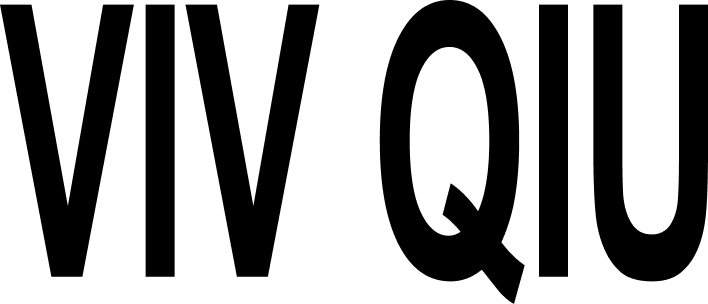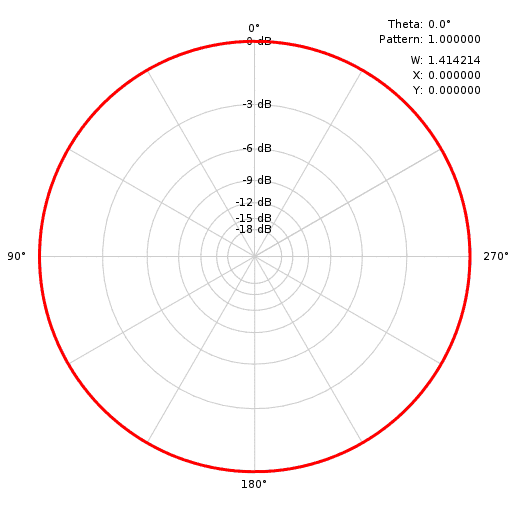NAC Accessibility Audit
In partnership with Andy Slater, founder of the Society of Visually Impaired Sound Artists, I led a user-research project to establish both UX/UI and Strategic avenues to make New Art City more accessible. New Art City is an online exhibition platform, and Output Field’s partner.
Output Field x New Art City
As part of Output Field’s consulting program: we helped New Art City evaluate both UX/UI and Strategic solutions to making digital exhibition-building accessible to everyone. This project was conducted by Andy Slater, Brendan Lee, and myself.
New Art City is a partner organization of Output Field: New Art City is a virtual exhibition toolkit for new media art with a focus on copresence and experiencing digital art together.
This is the first client project carried out by Output Field’s panel of art professionals with extensive experience to contribute to a future of a more accessible, equitable, and inclusive arts landscape.
Our Team
Andy Slater (Output Field, Artist/Consultant)
Chicago-based media artist, sound designer, teaching artist, and disability advocate. He is the founder of the Society of Visually Impaired Sound Artists & ‘22-‘23 Leonardo CripTech fellow & ‘22 US Artist Fellow.
Andy is part of Output Field’s panel of art professionals with extensive experience to contribute to a future of a more accessible, equitable, and inclusive arts landscape.
Viv Qiu (Output Field, Founder)
Viv Qiu is an artist and art organizer based in the Bay Area, co-parented by Chinese immigrants and the internet. They work at micro and macro scales, shifting between object and theory, aesthetic and systemic.
Their focus lies in projects that center access and archival. Working with new and old media, they interrogate concerns around permanence, rigor, and subsumption relevant to culture work
Brendan Lee (Output Field, Designer)
Brendan Lee is a creative at Output Field. Responsible for Output Field’s brand, web design, and research projects, he is equipped to navigate between usability and aesthetic considerations.
He’s done work for Designation for re-education, and built products at Matter. He’s at Output Field now making artist tools and assisting exhibitions.
Together, we looked into ways to make New Art City more accessible.
Over Zoom, we shared a screen with Andy as he navigated New Art City with a screenreader. We’ve gathered the insights in a deck shown below. We also provided New Art City with recordings of each session, and the detailed notes taken during.
We split our research into three sections:
1. First Impressions: (New Visitors)
This applies to both casual visitors of NAC, but also the artists that NAC may invite to create an exhibition.
This session focused largely on Aesthetic Legibility. In other words, can you get a sense of the vibe? This session involved visiting the website, familiarizing with controls, viewing the spectrum of shows, and interpreting room view and catalog view in the context with a screenreader.
2. Start a Project: (Collaborate, Upload)
This applies to disabled artists in their early stages of collaboration and furnishing a space.
This session focused largely on Upload Usability (with a screen reader), and its Strategic Implications. In other words, how easy is it to get started? This session centered tasks related to collaborating on a show, uploading artwork, filling in the information for each artwork, placing them in the space.
3. Finish Project: (Iterate, assess, refine)
This applies to both disabled/able-bodied artists refining their space, finalizing it, publishing it.
This session focused largely on Creative Refinement, 3D Wayfinding, and its Strategic Implications. In other words, how do I know where I am? How do I get this art just right? How can we push able-bodied people to make their space accessible? This session centered editing and uploading artwork with existent things in the room, evaluating how they present in the space, and brainstorming creative sound-design ways for wayfinding.
Key Insights: Breakdown for Standards for Accessibility
👌 Acceptable
Scanning the full page to understand page structure
Learning curve for how to edit objects rotationally, positionally
Learning curve for understanding the tasks that need to be done before an exhibition is published (very much helped by checklist)
Not all exhibitions meeting all the needs of every type of user
Acknowledging that the accessibility standards didn’t happen (explanations are good and hold curators accountable)
Acknowledgment of bugs in Chrome, for example, for screenreaders (especially if it’s a Beta)
A message about accessibility statement somewhere in the About (it’s a tailored solution that NAC researched for)
👎 Unacceptable
Inability to find core functionalities relatively swiftly
Misleading order of options read by screenreader
Confusing conflation of text titles and clickable buttons
Incompatibility with beloved/preferred accessibility tools
Hard to discover/find information re: accessibility tools available
Not being sure if an experience was designed with your needs in mind
Wholly clinical, dry, unartistic experiences (e.g. boring alt-text)
Lack of intrigue
Unnecessary information/artworks
A Case for Ambisonic Sound
Ambisonics is a full-sphere surround sound format or a means of representing the sound field at a point or in space. Unlike conventional stereo and surround sound formats (which are based on the principle of panning audio signals to specific speakers), ambisonics captures the full directivity information for every soundwave that hits the microphone. Crucially, this also includes height information, as well as the full 360° around the microphone.
There are many ways to create this form of spacial audio, in post, or in situ. The latter provides interesting opportunities for visually impaired people to capture sound in IRL, 3 dimensional space, without needing to navigate any digital GUI to make it what they want. They can sculpt sound in an environment they’re familiar with. This becomes a way to harness space through your body, instead of a laptop. This way, you may not even need to build a room in NAC. This is a very new field for sound design and has great potential.
A Case for The Docent
In response to our goal to create a holistically accessible experience that is framed as a desirable feature for both artists and visitors, we welcome you to consider a “curator tour” style feature that provides a guided experience throughout the exhibitions.
This would be a function that can accomodate text descriptions, audio descriptions, welcome messages, and any further context that might enhance the experience of a NAC space. By offering curators an opportunity to speak more on their work, this framing would motivate curators to make their space more accessible, and have all users experience the benefits of universal design. This could potentially address the needs of anyone who isn’t well-versed in 3D environments or 3D art. Open floodgates for discourse. Who is the docent? This could be a very engaging way to give the same info that curators would during a zoom opening ceremony.
A Case for Auditory Wayfinding/Indicators:
We think it is worth exploring auditory ways to solve wayfinding and artwork refinement issues for visually impaired artists and visitors alike.
This approach could take many forms: sound beacons, rotational audio cues, ticks to represent walking, edge detection. Beyond wayfinding, auditory cues may also be useful when navigating other aspects of the space (e.g. portals, loading, copresence, etc)
Beacons could automatically propagate depending where you’d want them. (Real life example: bluetooth beacons on university campuses, IRL museums)
This would allow for a more analogous relationship between New Art City spaces and real life spaces.
Final Deliverables
Once initial research workshops were conducted over Zoom, we delivered to New Art City:
1. A Master Summary (PDF)
2. Recorded Research Sessions w Detailed Notes (Private Link)
Master Summary (Click to view PDF)
A deck detailing information about our team, our approach, summarized dashboards from each research session, UX/UI solutions for pain points, Strategic solutions for promoting more accessible exhibitions even from able-bodied artists, core heuristics of accessibility as they relate to New Art City’s product, 3 cases for holistic solutions that embody those heuristics, & recommendations for partnerships and relevant projects to help further inform them of the context of this mission.
Recorded Research Sessions & Detailed Notes (Private Link)
We provided recordings of Andy Slater moving through different scenarios on their website through a private Youtube link. We also attached links to detailed notes that were taking during these sessions, which described notable New Art City features in detail: suggestions for alternatives, specific pain points, etc.










